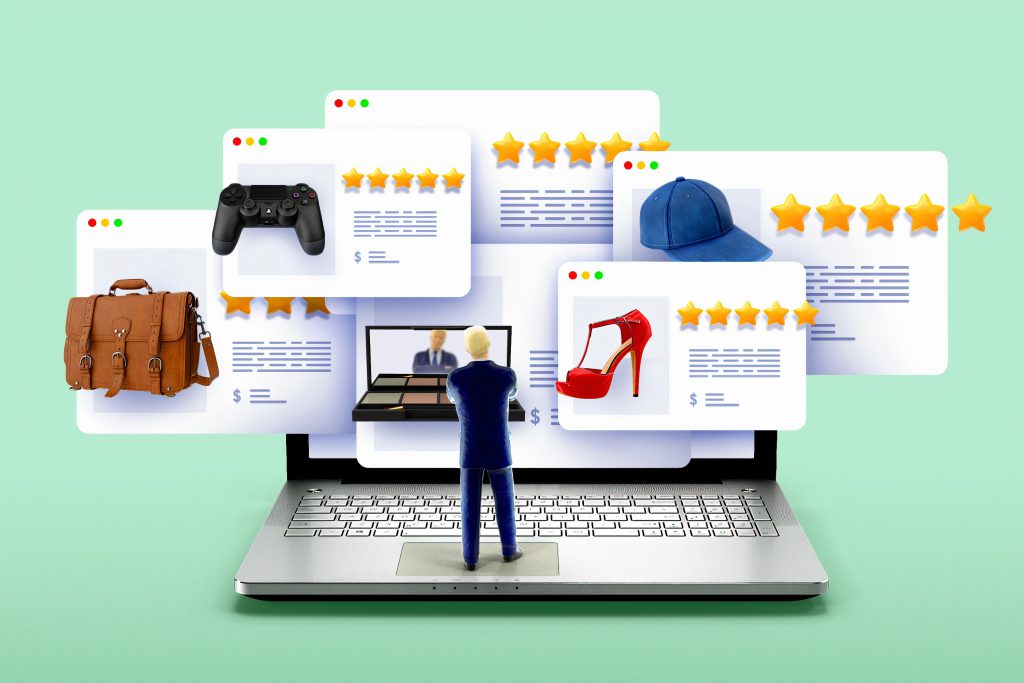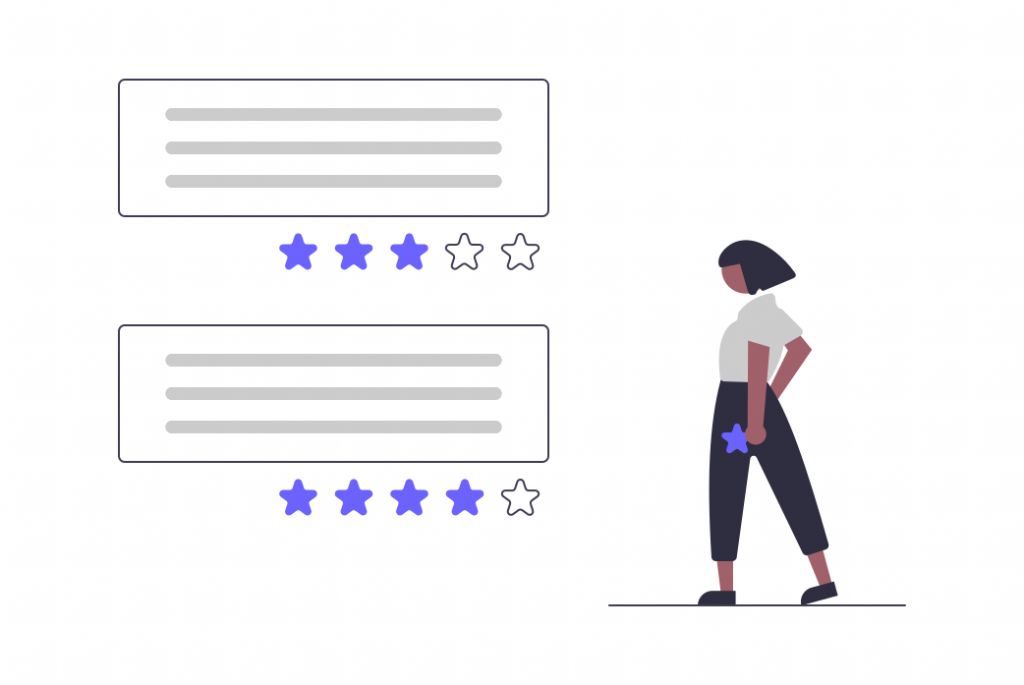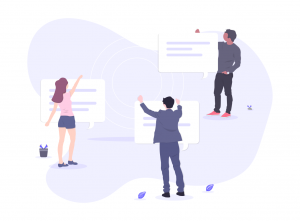
31 Aug Evolution of Customer Experience over Decades

Customer experience has always been the priority of any corporate company to build its brand image and identity. Over the decades, there has been an enormous number of changes to enhance customer experience. With the growth in use of technology and creative approach as marketing tools, there has been some significant improvements in the traditional ways of customer experience. With the increasing demand of workflow and consumer market, it has now become a race to win the customers over other brands. Here’s how the landscape of customer experience is evolving over the years:
- Customer Service: Over the years, customer service channels have become multiple over singular channels. Traditional ways included only limited ways to communicate between the customer and brands, but nowadays with the evolution of technology, customers have the option to communicate with the customer service over the phone, web, in-app chatbots and social media bringing the customers and the company closer. Now the customers can access the customer service 24X7, providing flexibility to the customers and ease of workflow. Contact centers now work with multi-lingual executives to provide smooth and comfortable communication with the customers.

- Personalized Services: With the help of Artificial Intelligence and Internet of Things, websites and applications for ecommerce services are now able to configure their website and pages based of the user’s past interests and digital footprints. Recommendation engines are now able to present more relevant data based on customer’s experience. Studying the demographics and purchase activities of the customers also helps the customer service representatives to provide personalized services to benefit the customer experience.
- Customer Ownership over years: Over the years, customer’s feedbacks have helped corporates enhance their product and understand what the market wants better. Survey states that over 79% of customers trust online reviews over the websites as much as first-person reviews. Companies rely on these online reviews and feedbacks to get a clear understanding of a customer’s criticisms and opinions. Over the decades, most of the companies have shifted to social marketing as an important tool, where customers can dictate their preference. Companies keep an eye on these social conversations to study the customer insights, in order to improve customer experience and serve them better.
- Image Management: It is a crucial a part of customer support to build a good brand image. A happy customer might give your commercial enterprise a phrase of mouth referrals, but an unhappy customer will use social media as a source to share his bad experience with product. Regular social media tracking can help companies in coping with their reputation nicely. Customer provider has now prolonged to multiple systems and offering social care to the customers is crucial.
- Innovative and Technological Advancement: Amidst the pandemic of COVID 19, many companies have adapted to the use of technological approach to gain customer satisfaction and reach out to wider audience. Smartphone companies have introduced a whole platform through Augmented Reality (AR) to let the customers experience their new products more closely yet being at their homes. Many companies have now welcomed this approach for a better customer experience and gain competitive markets.
- Time is Money: With evolving of customer services and considering a fast-moving world, customers do not like to spend more time on getting assistance and decide on a product. The customers are likely to switch to the competitor brands if they don’t get desired and quick responses for the customer service providers. Brands are now more focused than ever in improving their customer assistance.
- Rise in Online Advertisements: Delivering outstanding customer experiencing means having a consistent reliability over all the channels of communication with the customers. Tracking customer interests through Big Data and AI. These algorithms help companies to bug with caches and advertisement over other services to lure the customer towards the product. Websites use these caches to show more accurate and relevant advertisements on their pages to drive the customer’s decision-making process.
Big Data evaluation gives limitless scope for enhancing your customers’ experience. However, locating the right systems to leverage all that records is the tough element. In the next few years, the role of data is going to become increasingly more crucial.
- Brand Loyalty Integrity: While consumer expectations are higher than ever, a current survey says that 86% of consumers would pay more for the same product, however with better service. Brand loyalty is now virtually the brand, and not the product. Customers want to be valued and taken care of during the customer adventure, and it’s the top-notch consumer experience which makes that show up.

The horizon is dominated by way of the impending effect of data on customer experience. Big data will (and already is) allowing entrepreneurs to supply greater and sophisticated customer experience than ever before, and the tools and structures are simply getting greater and powerful.
Another technological component of contemporary customer experience are the chat bots. The algorithms keep on enhancing, and there’s quiet optimism that chat bots might just play a valuable role inside the customer service hierarchy: they will not replace human representatives, but they can serve admirably in excessive-volume but less complicated roles.
Customer experience has modified so substantially within the past 2-3 years that it’s impossible to predict what the future may look like. The next 5 years might be able to imagine, but we cannot predict the next 30 or 50 years.
We can anticipate that technology will permit us to benefit from impossible perception into the lives, conduct, feelings, and actions of the customers, however will the customers permit it? Highly accurate consumer profiles and predictive analytics have unnerved various people within the previous few years, and we’re interested to look how it develops in the years yet to come.

